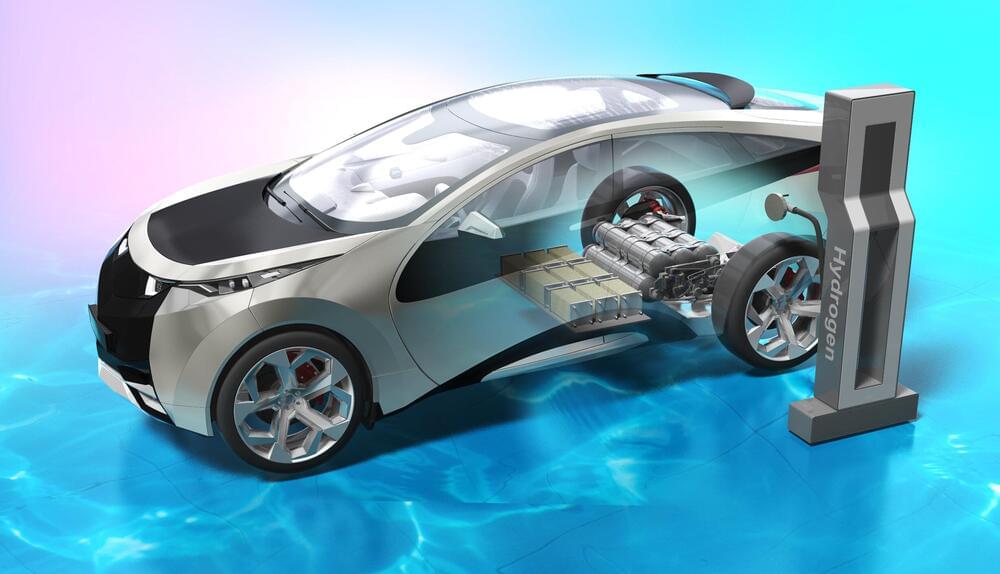In a project commissioned by the New Energy and Industrial Technology Development Organization (NEDO), researchers at Nagoya University in Japan have developed poly(styrenesulfonic acid)-based PEMs with a high density of sulfonic acid groups.
One of the key components of environmentally friendly polymer electrolyte fuel cells is a polymer electrolyte membrane (PEM). It generates electrical energy through a reaction between hydrogen and oxygen gases. Examples of practical fuel cells include fuel cell vehicles (FCVs) and fuel cell combined heat and power (CHP) systems.
The best-known PEM is a membrane based on a perfluorosulfonic acid polymer, such as Nafion, which was developed by DuPont in the 1960s. It has a good proton conductivity of 0.1 S/cm at 70–90 °C under humidified conditions. Under these conditions, protons can be released from sulfonic acid groups.
